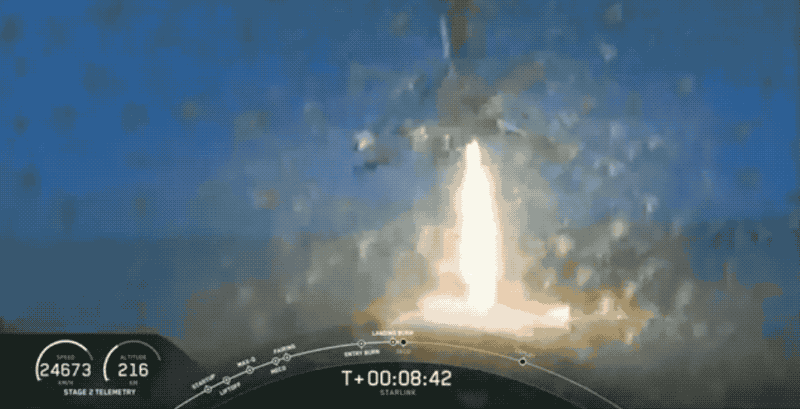SpaceX successfully launches 60 more Starlink satellites as it continues towards 2020 service debut
SpaceX has launched another big batch of Starlink satellites, the low Earth orbit spacecraft that will provide connectivity for its globe-spanning high-bandwidth broadband internet network. This brings the total number of Starlink satellites on orbit to 422, though the company plans to de-orbit two of those (the first two prototypes launched) shortly.
Already, SpaceX is the largest private satellite operator in existence - by a wide and growing margin. It's also managed to keep up the frequent pace of its Starlink launches despite the global COVID-19 crisis, with its last launch taking place March 18. In total, it has flown four such missions since the start of the year, just four months into 2020.
The company has good reason to want to keep up that aggressive pace: Each launch brings it closer to the eventual launch of the Starlink broadband service that the satellites will provide the network backbone for. SpaceX wants that network to be live with coverage available in Canada and the Northern U.S. by sometime later this year, and because of the way its approach works, with small satellites orbiting much closer to Earth than traditional geostationary internet satellites and handing off the connection to one another as they pass the coverage area, they need a whole lot of them to provide stable, reliable, low-latency connections for consumers and businesses.
Starlink aims to expand its service to customers globally next year, which will require even more launches and a much larger constellation. Ultimately, the company has filed documents indicating it could launch between 12,000 and 42,000 small satellites to build out the network to its eventual state, depending on demands and performance.
SpaceX CEO and founder Elon Musk detailed some of the measures that the company is taking to address complaints that its Starlink satellites are interfering with Earth-based observation of the night sky. The satellites produce lights and can present as light streams in astrophotography, and astronomers argue they interfere with stellar observation and research through Earth-based telescopes and observatories.
Today's launch also included a recovery attempt for the Falcon 9 booster rocket used, which flew before on SpaceX's Demo-1 Crew Dragon mission, as well as twice more in 2019. The Falcon 9 landed as planned on SpaceX's drone ship in the Atlantic Ocean, hopefully marking a return to form after a couple of Falcon 9 booster landings went awry earlier this year.

SpaceX will also attempt to recover the fairing halves used to protect the Starlink satellite cargo during the launch, though not by using nets to catch them as they fall back to Earth slowed by parachutes, due to system upgrades. Instead, it'll be looking to fish them out of the water, and we'll update this post with those results, when and if SpaceX makes them available. The company is looking to re-use fairings more frequently, and the net capture process makes it easier to refurbish them for additional use. This is another cost-saving measure as SpaceX continues to strive towards full launch vehicle reusability with its Starship spacecraft, now in development.